Kali Puja, also known as Shyama Puja is a Hindu celebration honouring the Kali Devi. While most Indians worship Lakshmi Devi on Amavasya Tithi during Diwali, those in West Bengal, Orissa, and Assam honour Mother Kali on the most significant day of Diwali celebrations, the new moon.
When is Kali Puja in 2026?
Diwali Puja and Kali Puja usually fall on the same day, but sometimes Kali Puja falls a day earlier. Kali Puja considers Amavasya at midnight, while Lakshmi Puja considers it at Pradosh.
Kali Puja on Sunday, November 8, 2026
Kali Puja Nishita Time - 11:39 PM to 12:31 AM, Nov 09
Duration - 00 Hours 53 Mins
Amavasya Tithi Begins - 11:27 AM on Nov 08, 2026
Amavasya Tithi Ends - 12:31 PM on Nov 09, 2026
Who is the Divine Mother Kali?
Kali means ‘Kala’ or force of time. When the universe, neither the sun, moon or planets existed, there was only darkness. The dark appearance of Goddess Kali represents the darkness from which everything was born. She is the Goddess of preservation, protection, purification, creation, time, power, destruction and renewal.
The Goddess is often portrayed with rage in her eyes and her tongue sticking out. She is a symbol of vengeance and annihilation of evil. She is the supreme force and feminine energy of the cosmos who protects her devotees from harm. She is dark in complexion and depicted wearing a garland made of fifty human skulls which represent the fifty letters of alphabets in Sanskrit, symbolizing a storehouse of knowledge and wisdom. The girdle of severed human hands also represents the removal of negative bad karmas. Despite her threatening appearance, she is the most compassionate goddess of them all.
She embodies the duality of existence, representing both destruction and creation. Kali is frequently portrayed as a fierce and powerful deity, embodying the force that destroys ignorance, ego, and evil to pave the way for spiritual awakening and transformation. Her devotees worship her to seek protection from negative forces and fortitude to face life's difficulties.
The dark complexion of Kali and her crown of skulls symbolize the impermanence of life and the transcendence of material attachments. Her presence is a reminder of the cyclical nature of time and the ultimate reality that exists beyond the visible world. By honouring Goddess Kali, individuals connect with the primordial energy of the universe and strive for inner development, enlightenment, and freedom from ignorance.
She symbolizes the darker side of life and epitomises strength or “Shakti.” Kali puja, Shyama puja or Mahanisha puja is dedicated to Goddess Kali. It is celebrated on Dipannita Amavasya, or new moon day, in the month of Kartik.
Significance of Kali Puja
Kali Puja, a major Hindu festival dedicated to the goddess Kali, is of great significance in India and among Hindu communities around the world. Typically, it takes place during the Diwali holiday season. The worship of Kali during this time represents the triumph of good over evil, knowledge over ignorance, and light over darkness. Devotees believe that by appeasing Kali, they can receive her protection against negative forces and her blessings for courage, strength, and spiritual development.
By doing Kali Puja, followers hope to use her fierce energy to overcome problems, get rid of bad things in their lives, and find joy and happiness. This festival is a powerful reminder of the constant battle between good and evil, with the belief that good and intelligence will always win. Kali Puja fosters resilience and strength, allowing people to overcome obstacles and emerge victorious in the eternal battle between light and darkness, eventually leading them to the path of spiritual enlightenment.
Kali Puja History
Krishnananda Agamavagisha was a Kulin Bengali Brahmin of Nabadwip, Nadia district, and a renowned Pandita and Sadhaka of Tantra who lived around 1575 CE. He is the author of the Tantrasara. In his dream, Krishnananda was prompted by Goddess Kali to say that whoever he would first see in the morning should be used as inspiration to create her idol.
According to the legend, Krishnananda saw a dark-skinned maid who was making cow dung cakes with her right hand. While wiping off the sweat from her forehead with her left hand, the vermillion spread in her parted hair. Unprecedentedly, she came face-to-face with Krishnananda and bit her tongue with shame. Thus, Krishnanda envisaged the idol of Goddess Kali.
Maharaja Krishnan Chandra of Nawadweep ordered that everyone in his domain worship Goddess Kali. Thus, Kali puja was born in the 17th century. Kalika Mangalkavya, a late 17th-century devotional text, mentions an annual Kali festival. Raja Krishna Chandra Ray, a zamindar of Nadia, popularized Kali Puja in Bengal. He had ordered his subjects to observe the festival.
Legends of Mother Kali
Mahishasura, a king with the head of a buffalo, was a staunch worshipper of Bhagawan Brahma and sought immortality. However, when Bhagawan Brahma rejected his request, the arrogant demon altered his request and wished that if he were to be killed, it had to be by a woman. Mahishasura was confident that no woman was strong enough to slay him. Soon, with his newfound strength, he started wreaking havoc in the three worlds, terrifying the gods too. Mahishasura attacked Trilok with the help of his army. He even attempted to capture Indralok. The gods waged a war on Mahishasura. Due to Bhagawan Brahma's boon, nobody was able to defeat him. Bhagawan Brahma, Bhagawan Vishnu, and Bhagawan Shiva collaborated their powers to give birth to Durga, an incarnation of Goddess Parvati. Goddess Durga fought Mahishasura over a period of 15 days. During this time, he camouflaged himself in order to escape. After he transformed into a buffalo, Goddess Durga stabbed him with her trident on the day of Mahalaya.
According to another legend, on Durga Ashtami, Goddess Kali emerged from the forehead of mother Durga and killed the Asuras, Chanda, Munda, and Raktabija. Two demon brothers, Shumbha and Nishumbha, forcibly drove the gods out of heaven. The gods then started praying to Mahamaya, the mother goddess, to help them. Goddess Parvati, wife of Bhagawan Shiva, was going to take a bath in the river. After she heard their tale of woe, a beautiful woman named Kaushiki emerged from the goddess. Upon her emergence, Goddess Parvati's body turned black, and she came to be known as Kalika. Kaushiki was spotted by Chanda and Munda, the two trusted assistants of Shumbha and Nishumbha, the rulers of the heavens, who reported to their masters that they had spotted a beautiful woman. Shumbha then sent Sugriva, a messenger, to Kaushiki. Sugriva approached Kaushiki and informed her of the desire of their masters, Shumbha and Nishumbha, that Kaushiki should marry either of the two demon brothers. Kaushiki conveyed to Sugriva that whoever could defeat her in the battle could win. Shumbha sent Dhumralochana to capture the goddess. Initially, the asura tried to persuade the goddess to accompany him, but when she refused, he rushed to capture her. The goddess uttered a mantra, and the asura was reduced to ashes. Later, Shumbha sent Chanda and Munda to capture the goddess.
On seeing Chanda and Munda approaching, Kaushiki wriggled her eyebrows. From her eyebrows emerged a ferocious-looking Goddess Kali with a sword and a noose in her hands. She wore tiger skin around her body. Her eyes were red, and the tongue from her saliva dribbled. Goddess Kali killed Chanda and Munda and dragged their bodies to the feet of Kaushiki. Thus, Kali was known as Chamunda. After the deaths of Chanda and Munda, the Asuras attacked the goddesses Kaushiki and Kali. Goddess Kali then approached Bhagawan Shiva for help. Thus, Kali came to be known as Shivaduti. According to a legend, among the Asuras, there was one named Raktabija. If a drop of his blood dropped on the ground, another Asura would spring forth from a mere drop of blood. Unknowingly, the goddesses attacked Raktabija, and from his blood, numerous Raktabijas emerged. Goddess Kali swallowed up Raktabija and the Asuras that emerged from his blood.
According to another legend, Mahishasura was a non-Aryan king whose subjects worshipped the buffalo. His power knew no bounds since he defeated the Aryan kings in the northern kingdom of Aryavarta. They were defeated by Mahishasura and pledged their allegiance to a queen whose army grew in strength and numbers while Mahishasura was running out of supplies and manpower. Thinking that he couldn't be defeated by a woman, he sent messages to the queen to become his consort. The queen kept refusing, but Mahishasura refused to back off. Meanwhile, the queen planned an attack on Mahishasura. His army was worn out to protect itself from the queen's army. He felt that he could defeat the queen. Instead, she killed him with a spear, tore his chest, and fed him to a lion.
Kali Puja Celebration
People in Bengal light lamps and fire crackers to welcome Maa Kali. Houses are decorated and rangoli is drawn outside the courtyard of the houses. Kali puja is carried out late in the night. Lemon garlands are offered to Goddess Kali on the occasion of Kali Chaudas. Devotees wear black clothes and visit Kali temples to offer flowers and coconuts.
During Kali Puja, elaborate rituals and offerings, including flowers, sweets, and incense, are made to the goddess. The illumination of lamps and fireworks contributes to the festive atmosphere, symbolizing the eradication of ignorance and the triumph of divine knowledge.
Benefits of worshipping Mother Kali
Kali Mata reminds us that good always triumphs over evil. Where there is sorrow, she brings joy, and where there is fear, she dances with courage and removes the darkness from our lives. It is believed that Kundalini ascends through the grace of Goddess Kali, returning you to a state of unity consciousness. If you are feeling down in life, you can perform puja or chant the Maa Kali mantra. Praying to Maa Kali improves your skills and gives you courage, confidence, and knowledge. She fills devotees with positive energy and assists them in dealing with life's challenges. You can pray to Maa Kali for a job or a promotion. You can pray to her if you want your love or marriage to be successful. Maa Kali bestows prosperity, peace, and success on her devotees while also protecting them from evil and misfortune.
Kali Puja Vidhi
Kali puja is known as Mahanisha since the puja is held at night amidst the sound of dhol and devotees remain awake throughout the night. Before the puja, the verandah of the house is decorated with colorful drawings in the form of Alpana.
The puja begins by worshipping Bhagawan Ganesha, the remover of obstacles. Lemon garlands are offered to Goddess Kali on the occasion of Kali Chaudas. Devotees wear black clothes and visit Kali temples to offer flowers and coconuts.
A Swastika symbol is drawn on them with Anamika i.e. the ring finger of the right hand. Swastika should be drawn with red sandal paste or roli paste. Once Swastika is drawn on Lekhani-Dawat, Kali puja can begin.
Dhyana should be performed in front of Lekhani-Dawat, which represents Bhagwati Kali. The Goddess is invoked following Bhagwati Kali's Dhyana. After invoking Bhagwati Kali, take five flowers by joining the palms of both hands and placing them in front of Lekhani-Dawat while chanting the mantra. While chanting mantras, perform Bhagwati Kali puja with Akshat, Chandan, Pushpa, Dhoop, and Naivedhya.
The Kali Ashtakam is an eight-verse hymn written in honour of the Hindu goddess Kali. It is considered highly auspicious to recite this prayer with devotion during Kali Puja and a very powerful hymn of devotion and reverence for Goddess Kali. Chanting or reciting it with sincerity during Kali Puja or any other occasion is thought to invoke her protection and blessings.
Kali Puja Samagri Items
An idol of Maa Kali, red cloth for the Aasan of the Goddess, a wooden stool for the murti, fresh flowers and garlands made of bilva leaves, tulsi leaves, Naivedhya, sweets, fruits, sugarcane, parched rice, and Durva grass are required. Mother Kali is worshipped by presenting red kumkum, akshat, hibiscus flowers, and red clothes, or chunari. Sweets made from halwa or milk are served as part of the bhog.
Kali Puja Bhog
Kali Puja traditional offerings include:
- Bengali Khichuri, Labra, Niramish Pathar Mangsho, Tangra Macher Jhol, Basanti Pulao, Bengali Mutton Biryani, and Chanar Payesh are prepared.
- On Kali Puja, a traditional Bengali dish called Khichuri is prepared with moong dal, vegetables, basmati rice, peas, cauliflower, potatoes, and a variety of spices. The dish does not contain onions or garlic.
- Labra consists of cauliflower, potatoes, peas, carrots, pumpkin, a pinch of sugar, and coconut flakes.
- Niramish Pathar Mangsho is produced from the goat sacrificed to Maa Kali.
- Tangra fish is used to make Tangra Macher Jhol. It resembles a fish broth made with onions, potatoes, and seasonings.
- Gobindo bhog rice is combined with ghee, sugar, saffron, cashews, raisins, and spices to create Basanti pulao.
- The classic Bengali biryani is composed of basmati rice, mutton, onions, curd, potatoes, biryani masala, spices, barista, yakhni, dried plums, ghee, milk with kewra and rose, and meetha attar.
- The popular Bengali dessert Chanar Payesh is also known as paneer ki kheer. It is made of grated paneer, condensed milk, whole milk, cardamom powder, and dried fruits.
- Begun Bhaja is yet another beloved dish in every Bengali household. It is a traditional spice-based side dish.
- Pan-cooked eggplant may be served with tomato chutney.
- Fish curry is served alongside steamed rice.
Kali Puja in Bengal
In Bengal, Kali Puja is extremely important because it is one of the most significant and widely celebrated festivals in the region. It falls on the same day as Diwali and has significant cultural and spiritual significance. The festival honours Goddess Kali, who is revered as Kolkata's presiding deity and the embodiment of Shakti (divine feminine energy). Grand idol processions, artistic presentations, and elaborate rituals take place during Kali Puja, attracting both devotees and tourists. It represents the triumph of good over evil and acts as a unifying force in Bengal, fostering a sense of community, devotion, and cultural heritage.
Dakshineswar Temple
Dakshineswar temple was constructed by Rani Rashmoni between 1847 and 1855. In 1847, Rani Rashmoni expressed her desire to visit Banaras to worship Goddess Kali. Since there were no rail lines between Banaras and Kolkata, wealthy people would travel by boat rather than by road. Rani Rashmoni’s fleet included a total of twenty-four boats, comprising relatives, servants, and essential supplies. According to a legend, a night prior to her sojourn, she saw a dream where Goddess Kali ordered her to build a temple near the Ganga River so that people could worship her. Rani Rashmoni followed her dream, purchased land, and built Dakshineshwar temple.
Kalighat Temple
Kalighat is one of India's 52 Shakti Peethams, where different parts of Sati's body are said to have fallen. The Kalighat temple was built on the site of an ancient temple in 1809. Kalighat represents the location where Shakti's right foot's toe fell. A goat is sacrificed every morning to quench Goddess Kali's thirst for blood. The temple is mentioned in the Mansar Bhasan, written in the 15th century, and the Kavi Kankan Chandi, written in the 17th century. A devotee is said to have discovered a luminant ray of light emerging from the bed of the Bhagirathi river. A Nakuleshwar Bhairav Syayambhu Lingam was also discovered nearby. Chowranga Giri, a Dasanami monk, was a devoted follower of the Kalighat temple. The Chowringee neighborhood in Kolkata is named after him.
Kamakhya Temple
Kamakhya temple in Guwahati, Assam, on Neelachal Mountain is one of the Shakti Peethams associated with Bhagawan Shiva. It is located in Guwahati on Neelachala Parvat. Assam has been associated with tantrik practices and worship of Goddess Shakti. The temple was rebuilt in the 17th century by King Nara Narayana of Cooch Bihar after it was destroyed in the early 16th century. The Kalika Purana describes Kamakhya as the yielder of all desires, the young bride of Bhagawan Shiva and the giver of salvation.
Tarapith Temple
Tarapith is located 300 miles from Calcutta on the banks of the Dwarka river in Birbhum in West Bengal. With passage of time, the temple built by Vashistha was buried under the earth. The present temple was built by a merchant Joybroto who in his sleep, received directions from Goddess Tara to uncover the Brahmashila or the sacred stone and set it up as a shrine.
Famous Kali puja pandals in Bengal
- Santosh Mitra Square
- Bagbazar
- College Square
- Hindustan Park
- Hindustan Club
- Samaj Sebi Sangha
- Ballygunge Cultural Association Puja Pandal
- Deshapriya Park
- Kumartuli Park
- Ahiritola Sarbojanin Durgotsav
- Telengabagan Sarbojanin Durgotsab
- Dum Dum Park, Tarun Sangha
- Lake Town Adhibasi Brinda
- Sikdar Bagan Sadharan Durga Puja
- Nalin Sarkar Street Sarbojanin Durgotsab
- Mohammad Ali Park Durga Puja
- Manicktala Chaltabagan Lohapatty Durga Puja
- Ekdalia Evergreen Club
- Singhi Park Sarbojanin Durgotsab
- Mudiali Club
- Tridhara Sammilani Puja
- Shib Mandir Sarbajanin Durgatsab
- Bosepukur Sitala Mandir
- Naktala Udayan Sangha Puja
- Babubagan Club Sarbojanin Durga Puja
- Badamtala Ashar Sangha
- Suruchi Sangha
- Jodhpur Park Puja Pandal

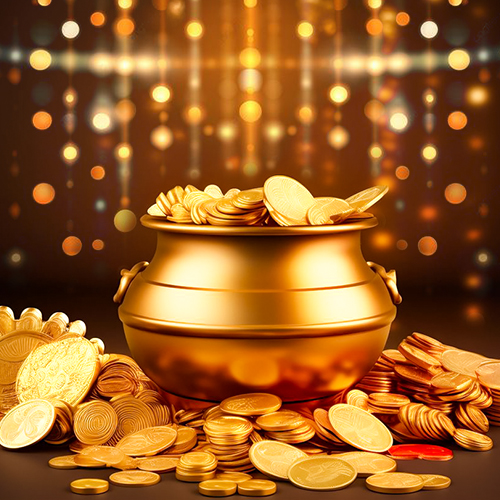
-in-Astrology.jpg)
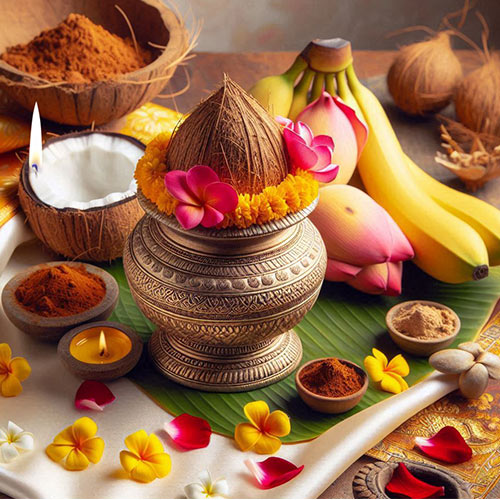
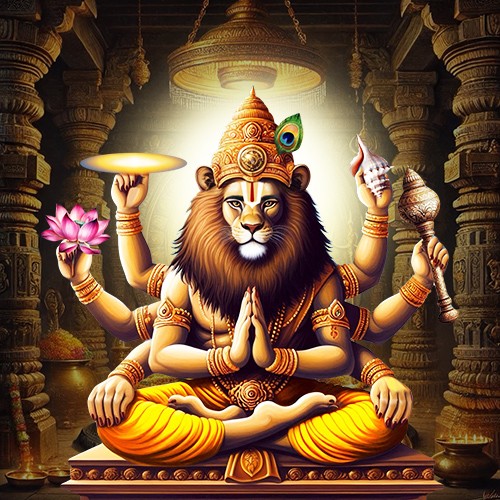
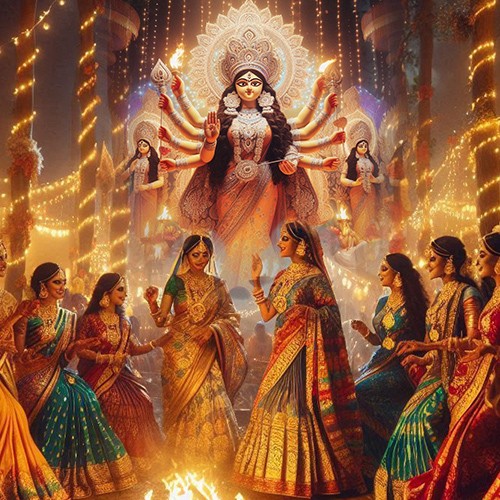
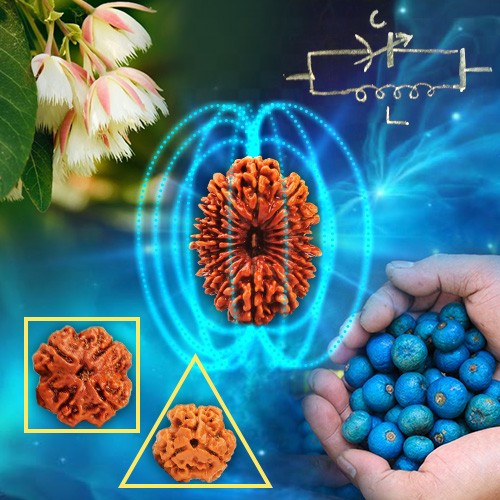


.jpg)


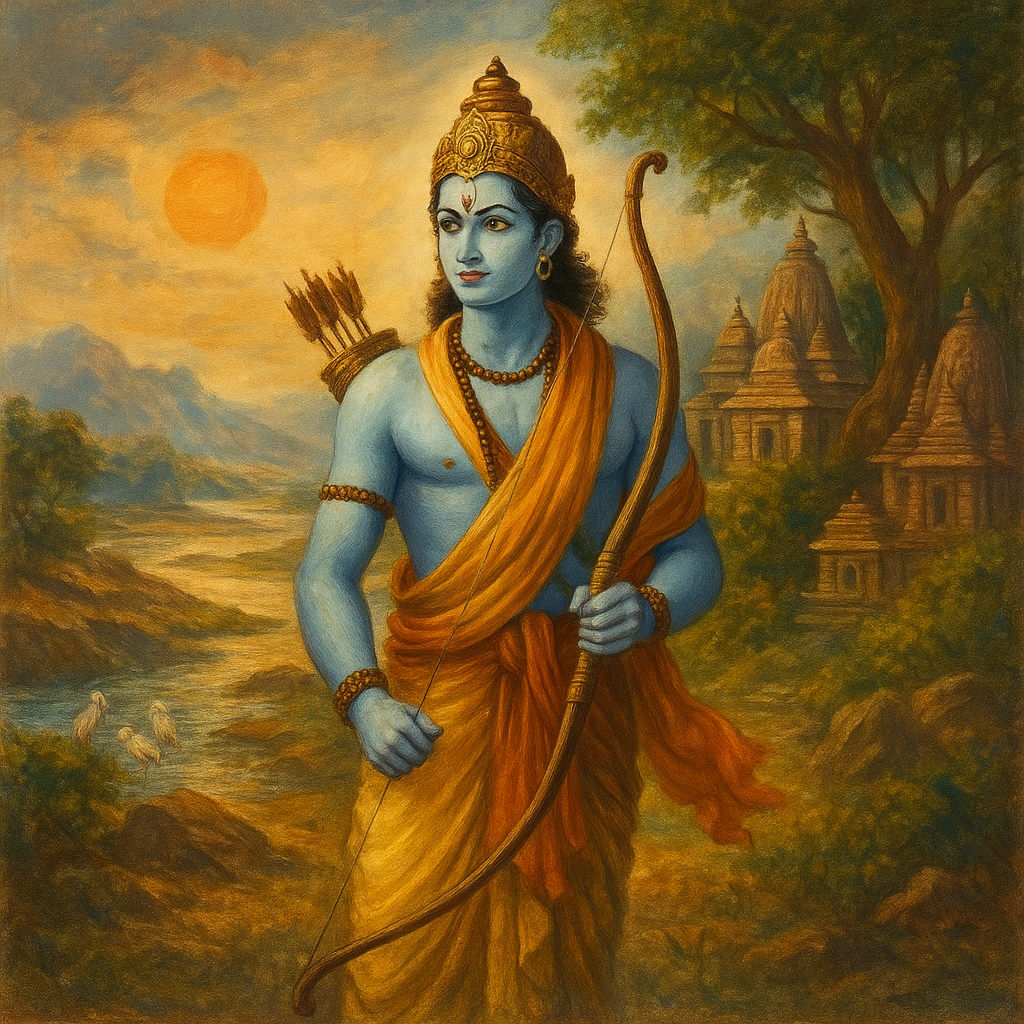
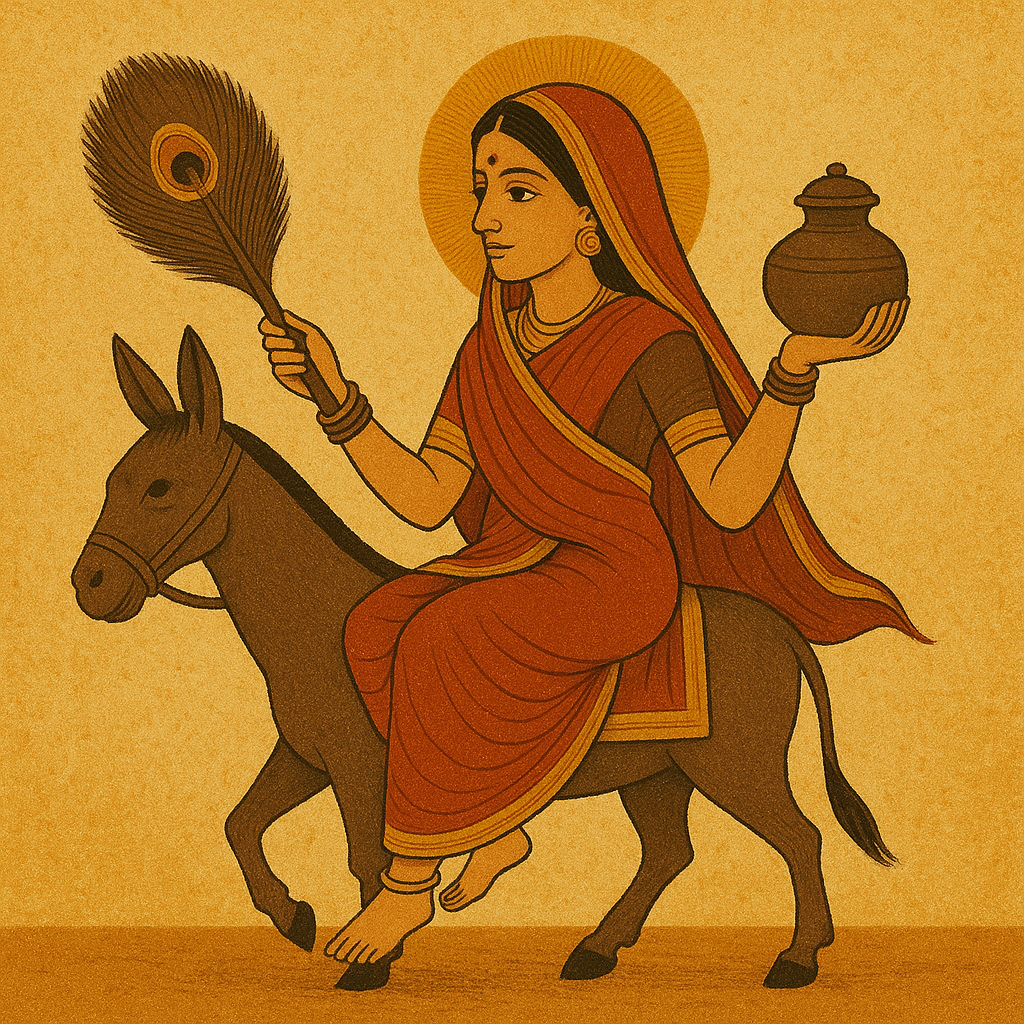
Purcifany
|August 4, 2024
Nice website so informative 👍 I am drawn to ma kali I hope I can receive her blessings one day Jai maa kali 🙏